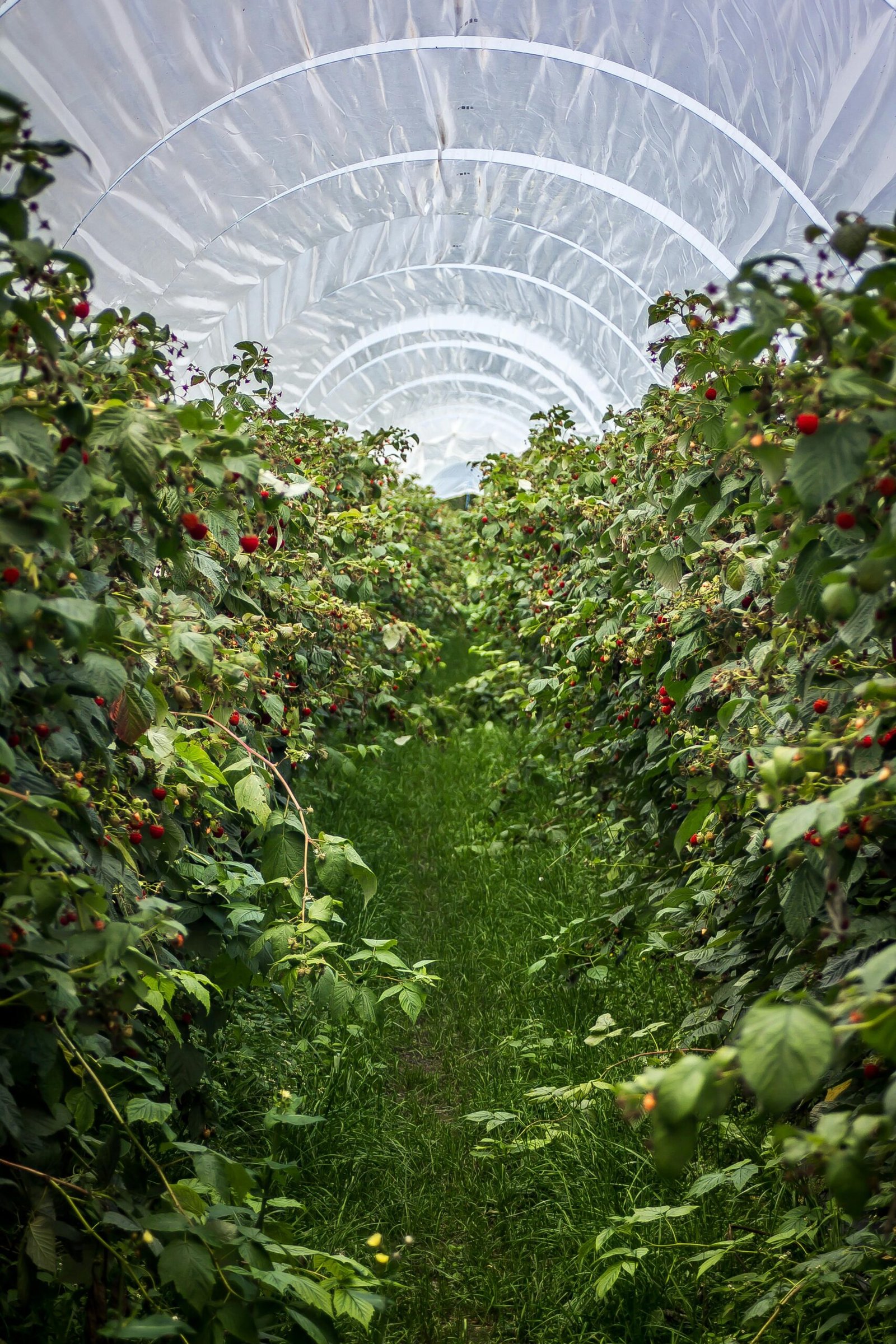There’s something quietly remarkable happening in cities across the world. Tucked behind glass walls or hidden inside tall buildings, vegetables are growing—without soil, without sunlight, and without being in wide open fields. This isn’t science fiction. It’s a real and growing movement. Urban farming, once a niche idea with small rooftop gardens and backyard compost bins, is being reimagined. And the farms? They’re moving up—right into the heart of the skyscrapers.
City life has always been about fast movement and tall buildings, not farms and fresh soil. But that’s starting to change. People are enquiring more about where their food comes from. They want to eat fresher, waste less, and feel more connected to the process. That’s where the idea of urban farming comes in. In its simplest form, urban farming is about growing food in the same place where people live. No long-distance trucks. No week-old vegetables. Just fresh food, grown nearby, often just a few floors away.
It started small—with herbs on balconies, tomatoes in raised beds, and leafy greens on rooftops. But now, things are getting bigger. Some city buildings are being turned into vertical farms, where crops grow in stacked trays under soft lights. It’s a silent revolution, happening floor by floor.

Here’s what makes this shift possible: a mix of curiosity, need, and smart use of space. In tall city buildings where every inch matters, people have found ways to grow crops vertically. Instead of planting outward like on a traditional farm, they grow upward, layer by layer.
These modern farms don’t always use soil. They may rely on water-based systems, where roots actually float in nutrient-rich water. Some even use mist. And instead of sunlight, they use gentle LED lights that give plants the warmth and glow they need.
At first, it sounds strange. But there’s logic behind it. These systems use far less water than normal farms. There are no pesticides, because the environment is closed. And the crops grow faster, since the conditions are carefully managed. It also means food doesn’t need to travel hundreds of miles to reach a dinner plate. It can be picked and eaten on the same day. That kind of freshness is hard to beat by any processed food.
What’s interesting isn’t just the technology. It’s the feeling behind it. There’s a growing desire to be more thoughtful about how we eat and what we waste. City life can feel disconnected from nature. These new farms bring a little of that lost connection back.
Some urban farms even welcome visitors. You can walk through rows of greens growing under soft light. You can see how things are made, ask questions, and sometimes even harvest your own. It’s not just about food, it’s about learning, too. And yes, this isn’t a perfect solution. It won’t replace traditional farming. But it’s not trying to. It’s trying to fill the gaps, especially in cities where fresh produce can be expensive or hard to find. In that way, it’s not just innovative. It’s deeply practical.
It’s hard to say exactly where this is going. But one thing is definitely clear that people are paying attention. Governments are offering grants. Local chefs are partnering with indoor farms. And communities are finding ways to bring fresh food closer to where people live.
We may start seeing new buildings designed with farms built into them. Old warehouses are being turned into food-growing hubs. Schools are growing their vegetables on campus. These aren’t ideas for the future—they’re projects already underway in places like Singapore, London, and even small towns in the U.S.
There’s something both modern and old-fashioned about it. Using smart systems to grow food close to home. Cutting out the middle steps. Trusting that simple things—like a head of lettuce—can still be grown with care, even inside a steel building.
Urban farming in skyscrapers might sound unusual, but at its core, it’s about something very familiar: growing food for people, where they live. It doesn’t need to be flashy. It just needs to work, and more and more, it is working.
In a world that’s always racing ahead, maybe this is a quiet step back to something basic and good, fresh food, close by, grown with purpose. And if that means our buildings start smelling a little more like basil and less like concrete, that might not be such a bad thing.